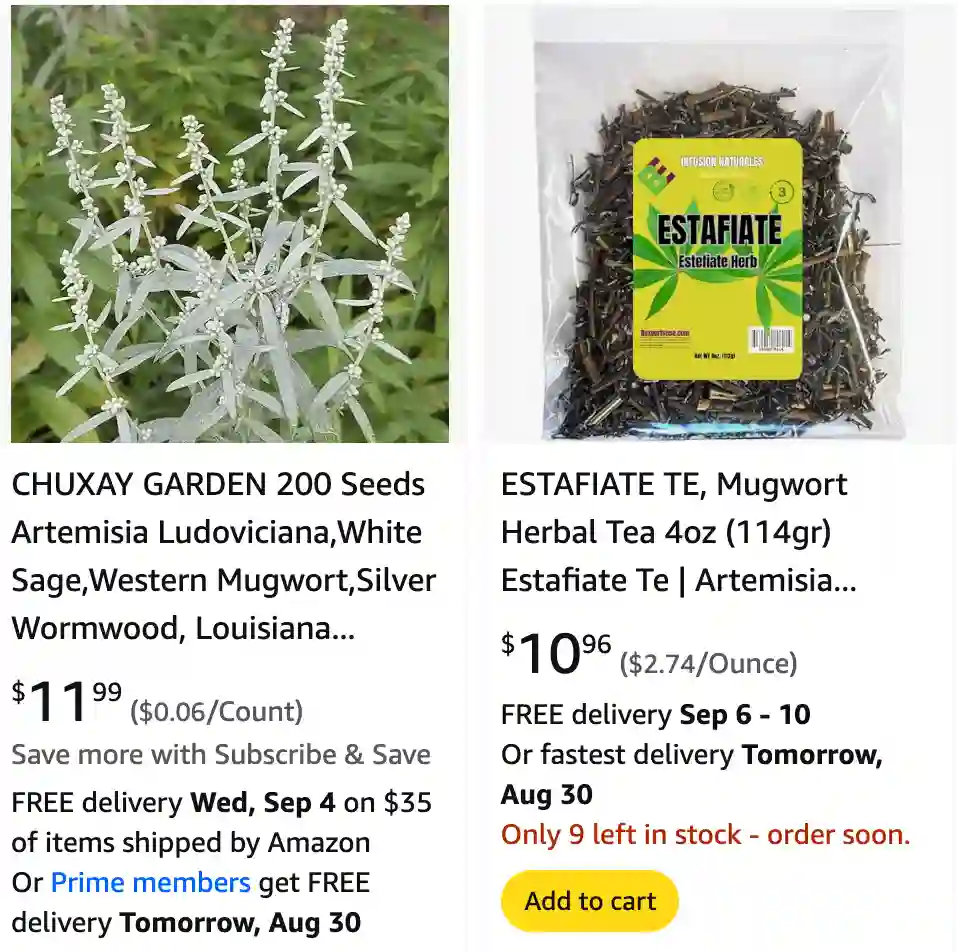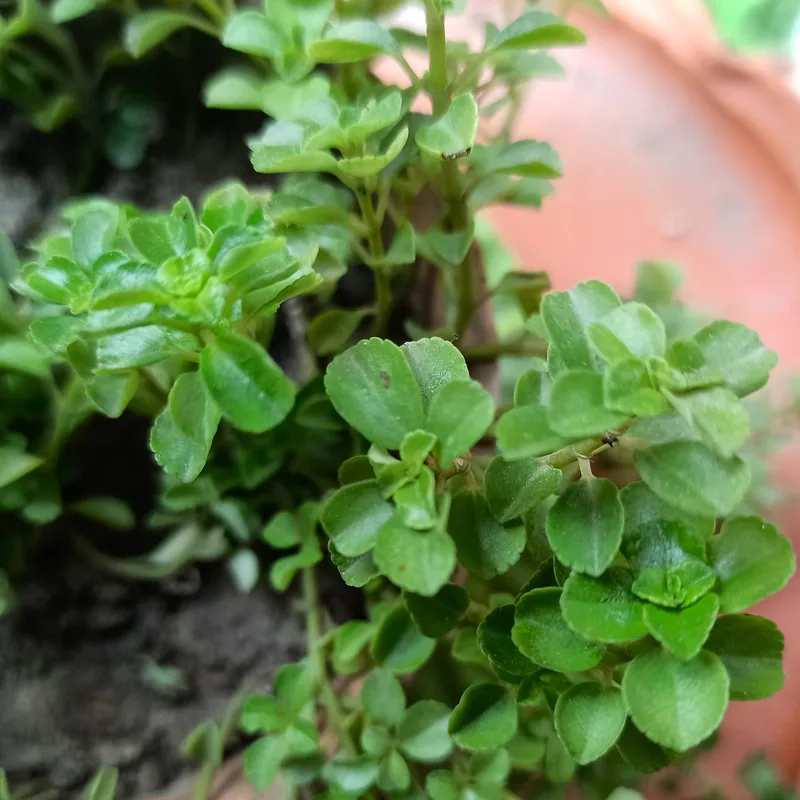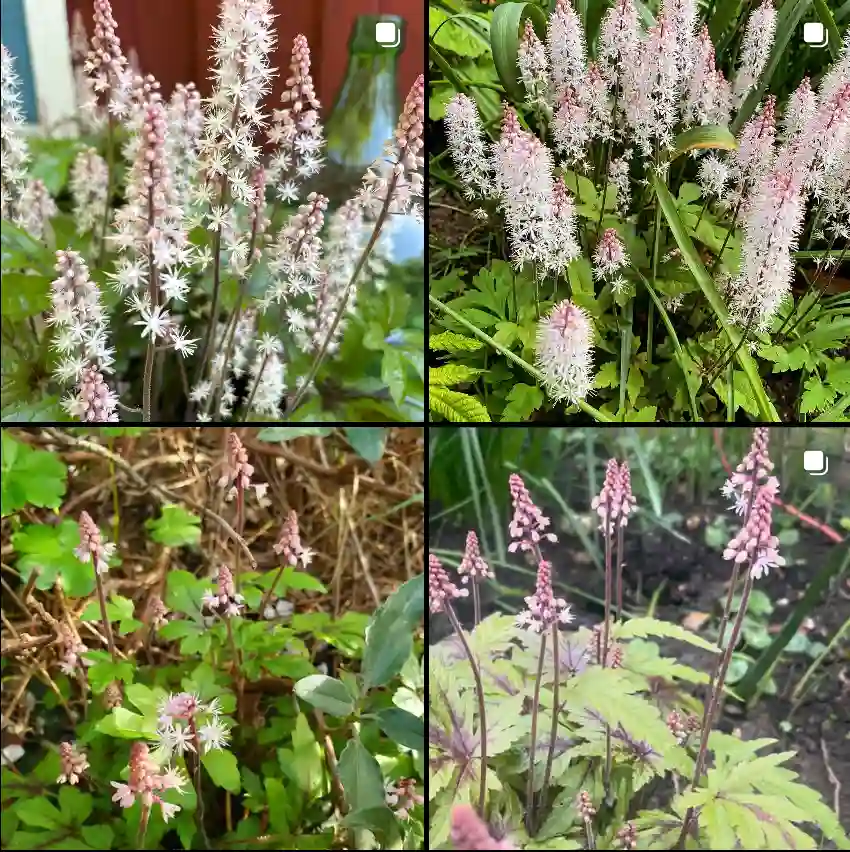
FAQs About Artemisia Ludoviciana: Everything You Need to Know
Artemisia Ludoviciana, commonly known as Louisiana Sagewort, is a fascinating and versatile plant that has caught my attention for its unique qualities and benefits. Over time, I’ve gathered a lot of information about this plant, and I’m excited to share answers to some frequently asked questions, along with a few additional insights that might help you get the most out of your Artemisia Ludoviciana.
508 Species in Genus Artemisia
Can You Inhale Artemisia Ludoviciana Smoke?
This question often arises due to the plant’s historical use in various traditional practices. While Artemisia Ludoviciana is used in some indigenous rituals, inhaling its smoke can be controversial and potentially harmful. The plant contains compounds that can be irritating to the respiratory system. For safety, I wouldn’t recommend inhaling the smoke from Artemisia Ludoviciana. If you’re considering using it for any therapeutic or ritual purposes, it’s best to consult with an expert on traditional practices or a healthcare professional.
How Do I Prune Artemisia Ludoviciana?
Pruning Artemisia Ludoviciana is quite straightforward. I usually start by removing any dead or damaged stems in early spring before new growth begins. This helps the plant focus its energy on producing fresh, healthy foliage. To shape the plant or control its size, you can trim back the stems to just above a leaf node. This encourages bushier growth and prevents the plant from becoming too leggy. Regular pruning not only keeps the plant looking its best but also promotes its overall health and vitality.
How to Grow Artemisia Ludoviciana?
Growing Artemisia Ludoviciana is a rewarding experience. I’ve found it to be quite adaptable, thriving in a range of soil types as long as it’s well-drained. Start by selecting a sunny spot in your garden. Plant seeds or seedlings in the spring, spacing them about 18 inches apart to allow for their spreading habit. Artemisia Ludoviciana prefers dry to moderate moisture, so be mindful not to overwater. Once established, it requires minimal care, making it a great choice for low-maintenance gardens.
When Was Artemisia Ludoviciana First Described?
Artemisia Ludoviciana was first described by the French botanist André Michaux in the early 19th century. Michaux, known for his extensive botanical explorations in North America, documented this plant as part of his work in cataloging the diverse flora of the region. The plant’s detailed description was included in his publications, which helped botanists and horticulturists understand and utilize it better.
What Is Artemisia Ludoviciana Used For?
Artemisia Ludoviciana has several uses that range from medicinal to ornamental. Historically, it has been used in traditional medicine for its purported digestive and anti-inflammatory properties. In modern times, it’s valued for its aesthetic appeal in gardens due to its attractive silvery foliage and aromatic leaves. The plant is also used in some cultural practices and rituals, adding to its significance beyond just gardening.
How to Care for Artemisia Ludoviciana?
Caring for Artemisia Ludoviciana involves a few simple steps. Ensure it gets plenty of sunlight, as it thrives in full sun conditions. The plant is drought-tolerant, so it doesn’t need frequent watering once established. However, during extreme dry periods, a moderate amount of water can help it maintain its health. It’s also helpful to mulch around the base to retain moisture and suppress weeds.
How to Propagate Artemisia Ludoviciana?
Propagation of Artemisia Ludoviciana can be done through seeds or cuttings. I usually opt for seeds, as they are easy to handle and sow directly into the soil in spring. If you prefer cuttings, take semi-hardwood cuttings in late summer, ensuring they are placed in a well-draining potting mix. Keep the cuttings moist and in a warm, sunny location until they develop roots.
What to Plant With Artemisia Ludoviciana?
Artemisia Ludoviciana pairs well with a variety of companion plants. In my garden, I’ve combined it with other drought-tolerant perennials like Lavender, Sedum, and Echinacea. These plants not only complement its silver foliage but also share similar growing conditions, making for a cohesive and low-maintenance garden design.
Can You Grow Artemisia Ludoviciana Indoors?
While Artemisia Ludoviciana is primarily grown outdoors, it can be grown indoors with the right conditions. If you have a bright, sunny spot in your home and can provide well-drained soil and adequate airflow, indoor cultivation is possible. However, the plant may not reach its full potential indoors, so consider growing it in a container that can be moved outside during favorable weather.
Is Artemisia Ludoviciana Toxic?
Artemisia Ludoviciana is not considered highly toxic, but it can cause mild irritation if ingested or if it comes into contact with sensitive skin. It’s always a good idea to keep it out of reach of pets and young children to avoid any potential issues. If you suspect poisoning or severe irritation, consult a healthcare professional immediately.
Common Problems with Artemisia Ludoviciana
One common issue with Artemisia Ludoviciana is its susceptibility to powdery mildew in humid conditions. To prevent this, ensure proper spacing for good air circulation and avoid overhead watering. Additionally, watch for pests like aphids and spider mites, which can occasionally affect the plant. Regular inspection and prompt action can keep these problems in check.
Compare Artemisia Ludoviciana with Other Similar Plants
When comparing Artemisia Ludoviciana with other Artemisia species, such as Artemisia absinthium (Wormwood), the main difference lies in their appearance and uses. While both have aromatic foliage, Artemisia absinthium is often used for its bitter qualities in medicinal preparations, whereas Artemisia Ludoviciana is more appreciated for its ornamental value and traditional uses.
In summary, Artemisia Ludoviciana is a versatile plant with a range of uses and benefits. Whether you’re growing it for its aesthetic appeal, traditional uses, or as a low-maintenance garden addition, understanding its care requirements and characteristics will help you make the most of this unique plant.
If i die, water my plants!



